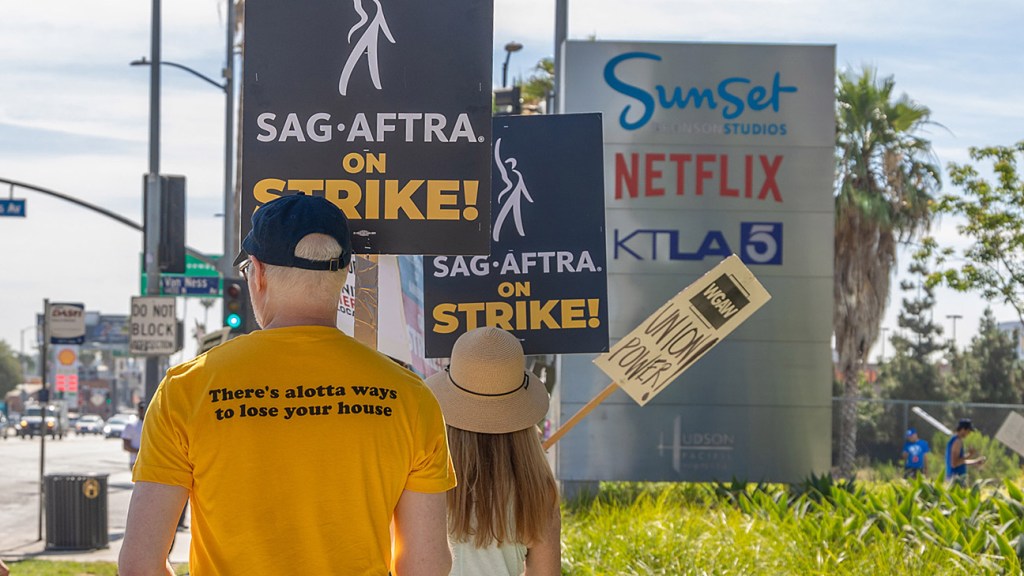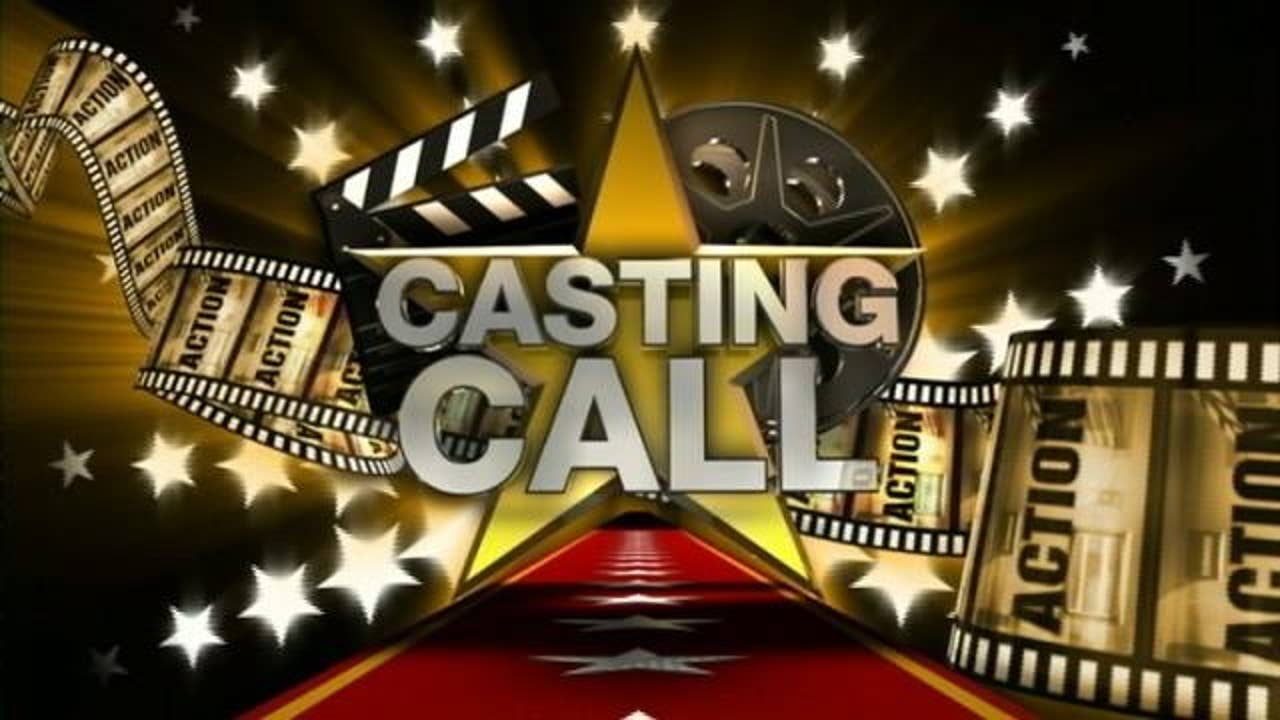If the entertainment business could be summed up in one word these days, it could be “misery.”
The Writers Guild of America and SAG-AFTRA strikes drag on, with no end in sight. The major streaming services (sans Netflix) continue to be unprofitable, with most studios still targeting 2025 to break even. The pay TV business continues to decline at a rapid pace, with its lynchpin sports and news channels seeking an exit.
That gloomy context is key to why some powerful players in the entertainment ecosystem — the Hollywood labor guilds and one of its largest pay-TV partners — are seeking a new plan.
On Friday morning, Charter Communications held a conference call with Wall Street analysts where it said it was prepared to abandon its video business if it couldn’t come to a “transformative” deal with The Walt Disney Co. to try and salvage the pay TV bundle. The company is one of the top pay TV providers domestically, with 14.7 million subscribers — just short of leader Comcast’s 14.9 million but above satellite rivals DirecTV (12.3 million) and Dish (6.9 million). Charter, like those other pay TV firms, has also lost video subs, about 200,000, in its latest quarter, per a Leichtman Research tally.
“We’re on the edge of a precipice. We’re either moving forward with a new collaborative video model, or we’re moving on,” Charter CEO Chris Winfrey said on the call. “This is not a typical carriage dispute. It’s significant for Charter, and we think it’s even more significant for programmers and the broader video ecosystem.”
Charter, in a Powerpoint presentation that accompanied the call, wrote that “programmers are caught in a self-imposed dilemma as they have moved content to their DTC products for short-term profit maximization and their management teams are not incentivized to drive business for the long-term,” arguing that studios like Disney and Warner Bros. Discovery chose to wreck their pay TV business (by moving most original shows to subscription video on-demand services, and pushing for higher and higher fees for sports channels) to pursue the streaming riches that Netflix promised.
“As an industry we failed to come together quickly to create that consumer friendly product,” Winfrey said. “Programmers then made high value content available for anyone to access on websites, and soon thereafter through emerging streaming applications such as Hulu, which was initially free. At the same time programmers believed that their content libraries could create so called incremental streaming service revenues by selling this content to Netflix.”
He went on to lambast “programmers constantly chasing the wind to the capital markets. We believe the time for a more coherent strategy is now.”
If that sounds familiar, it’s because its very similar to complaints lodged by the WGA and SAG-AFTRA, angry about the smaller and smaller residuals checks, and the lack of stability in an already-tough business to work in. But those problems come back to a business model in decline.
“You cannot change the business model as much as it has changed and not expect the contract to change too,” SAG-AFTRA president Fran Drescher said in her July 13 speech announcing the strike. “We’re not going to keep doing incremental changes on a contract that no longer honors what is happening right now with this business model that was foisted upon us.”
Adam Conover, a negotiating committee member for the WGA, told Crooked Media’s Offline podcast July 30 that Netflix sparked a “frenzy” in the entertainment industry.
“The entire industry shifts to follow Netflix right? Look at look what happened to what is now Warner Discovery, where you had this company that is made up of what used to be 25 successful, profitable cable channels that they murdered,” Conover said. “They assassinated these channels to put all the content onto this one service.”
“It all worked and they destroyed all of it to chase cord cutting, to chase Netflix, and it was a lie,” Conover added.
There may be quibbles with the value proposition of the pay TV bundle in its waning days, but no one disputes that it was popular among consumers and Hollywood alike, with consumers getting all the entertainment, sports and news they want on one monthly bill, and every corner of the entertainment business getting a piece of the profits.
Now, those key partners of the business, the cable giants and the labor unions, are angry that their piece of the pie has evaporated at the expense of studios chasing streaming. And the profits are nowhere to be found.
And they each have new ideas for what to do about it. No one is proposing to eliminate DTC streaming altogether, but SAG-AFTRA has proposed handing over a portion of the revenues to actors, while both SAG and the WGA want success-based residuals for streaming shows that become hits. It is not clear, however, that they are willing to jettison the buyout model that Netflix pioneered, paying out creatives for global rights.
Charter, meanwhile, is proposing a “vision for the future of video,” one built on “partnership” between the distributor and studio.
“Distributors and programmers need to work together to entice and reward customers to utilize bundled subscription products – most programmers simply will not be able to profit/survive solely on a-la-carte streaming revenue and need a hybrid, customer centric model,” Charter writes in its slide deck.
Charter would “aggregate the ad-supported streaming apps from cable network brands into packaged linear products at an affordable price point, creating the most compelling consumer proposition in the marketplace,” while also helping studios market their DTC offerings.
It’s an effort to recreate the pay TV bundle, in reimagined form. With subscription fees and advertising revenue flowing, it is also something that, presumably, would help bump labor residuals accordingly. As Wells Fargo analyst Steve Cahall noted ominously in Friday report: Charter “has drawn a line in the sand and is either prepared to drop major content sources to protect earnings, or rewrite the linear script.”
Disney, for its part, seems somewhat open to combining its streaming and legacy pay TV offerings. “We have proposed creative ways to make Disney’s direct-to-consumer services available to their Spectrum TV subscribers, including opportunities for new and flexible packages where those services become a focal point of what the consumer might choose,” it said Friday afternoon in response to Charter. But the specific terms clearly aren’t close yet.
And while the current dispute is about Disney vs. Charter and the WGA and SAG vs. the AMPTP, there will be repercussions whenever an agreement is cut. A deal between Disney and Charter could reshape the TV landscape, as would any deal with SAG or the WGA and the AMPTP. But the economic stakes appear to be higher in the carriage dispute, with trickle-down effects impacting the entire business.
“If Charter further shifts strategic focus away from its video product, we see increased and sustained risk for not only Disney but for video economics across our media coverage,” wrote Guggenheim’s Michael Morris in a report Friday.
Or as MoffettNathanson analysts Craig Moffett and Michael Nathanson wrote in their own report Friday: “The collateral damage could be wide-ranging from sports leagues with rights coming up from renewal, local TV station affiliates seeking material step-ups and creative talent tied to the programming investments made by linear networks.”




